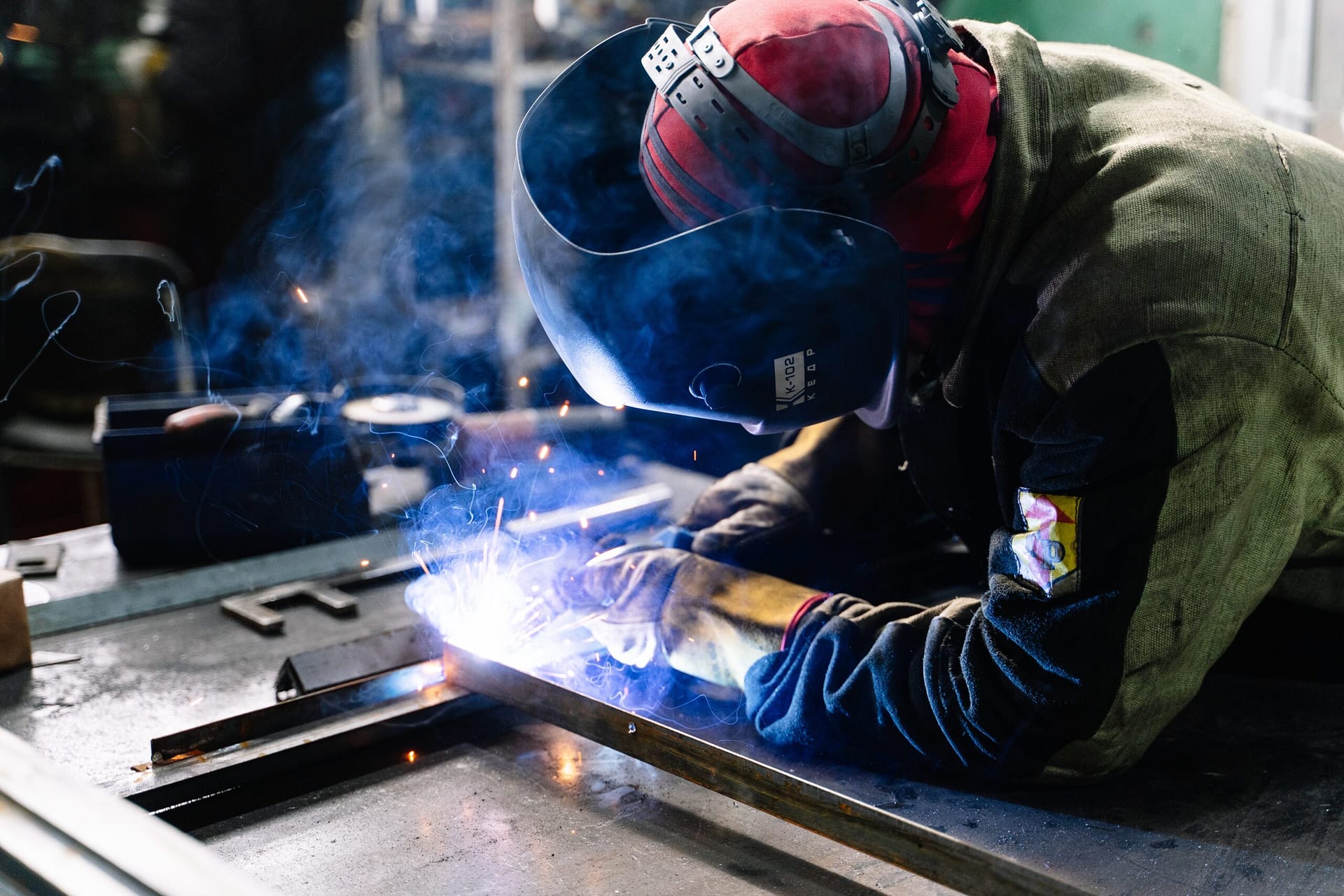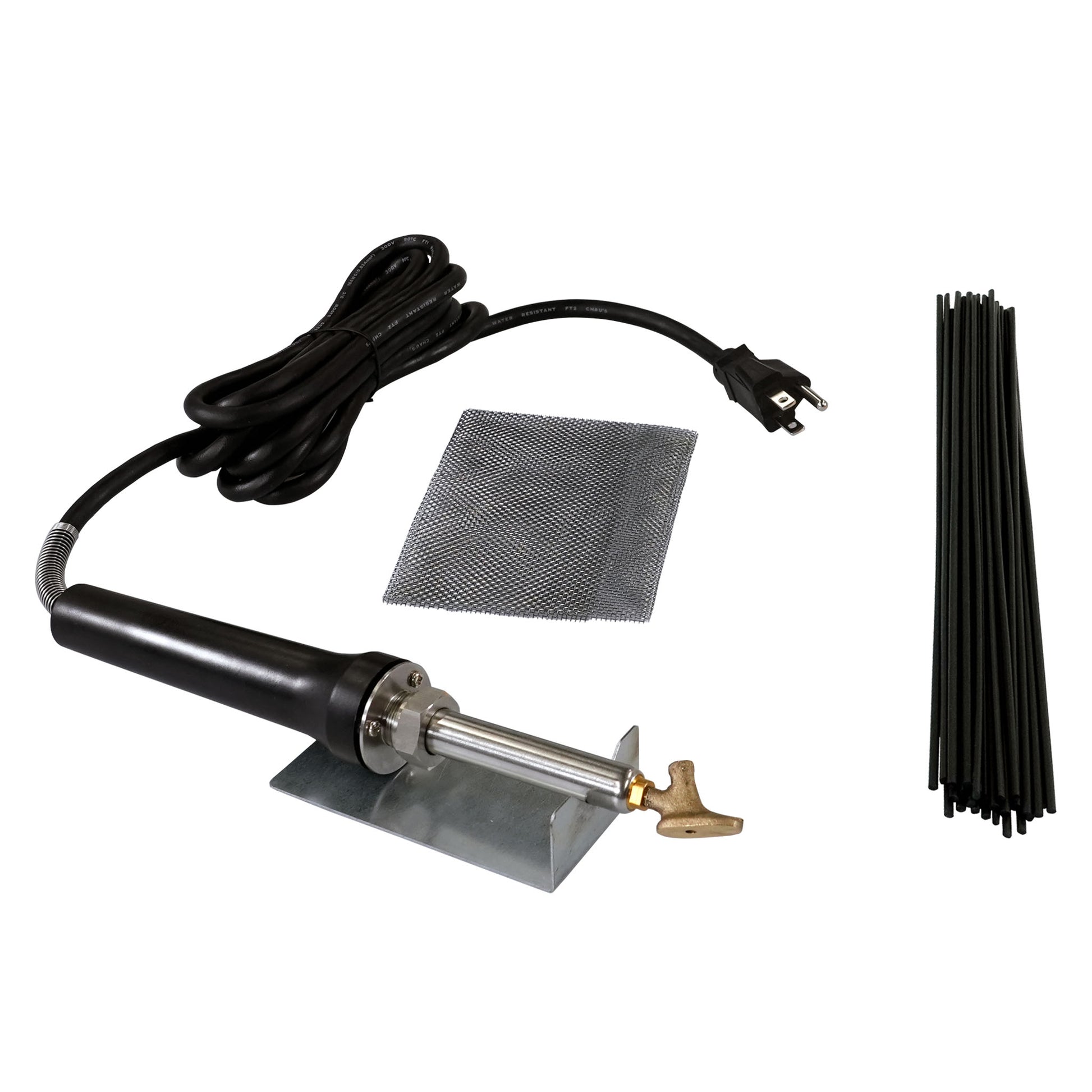Early defect indicators and what Belgrade can do about them
Everything about Welding: Trick Insights Into Techniques and Best Practices for Success
Welding incorporates a variety of strategies, each fit for particular products and applications. Understanding these techniques, such as GMAW, SMAW, and TIG, is crucial for achieving suitable outcomes. Additionally, the appropriate tools and safety methods can not be forgotten. As prep work and repairing play crucial functions in the welding process, mastering these elements can significantly improve the top quality of the final product. What are the crucial aspects that ensure an effective weld?
Comprehending Various Welding Techniques
Welding techniques encompass a selection of approaches, each fit to details applications and products. Among one of the most usual methods are Gas Metal Arc Welding (GMAW), Shielded Steel Arc Welding (SMAW), and Tungsten Inert Gas Welding (TIG) GMAW, also referred to as MIG welding, is prominent for its speed and flexibility, making it perfect for thin products. SMAW, or stick welding, is preferred for its simpleness and performance in outdoor settings, particularly with thicker steels. TIG welding offers precision and control, making it appropriate for intricate job and non-ferrous steels (Belgrade). Each method has its one-of-a-kind advantages and considerations, allowing welders to choose the very best technique based on the task's demands, material type, and desired end results. Understanding these strategies is essential for successful welding
Essential Welding Tools and Tools
While various welding methods need specific skills, the appropriate tools and tools are just as essential for attaining top quality outcomes. Necessary welding equipment includes welding equipments, which vary depending upon the technique-- such as MIG, TIG, or stick welding. Safety gear, consisting of gloves, aprons, and headgears, assurances safety and comfort during the process. Furthermore, clamps and fixtures help secure materials in area, guaranteeing precision in welds. Consumables like welding rods, cable, and shielding gas are likewise critical parts that influence the quality of the weld. Additionally, devices such as mills and cutters help with surface preparation and post-weld ending up, adding to a professional result. Purchasing high-quality equipment ultimately enhances the effectiveness and efficiency of welding projects.
Safety Practices in Welding
Appropriate security techniques are important in the welding market to safeguard employees from prospective risks. Welders must use appropriate individual protective tools (PPE), consisting of helmets with appropriate shading, gloves, and flame-resistant garments. Adequate air flow is important to decrease exposure to hazardous fumes and gases produced throughout the welding procedure. Furthermore, workers need to be educated in the proper handling of welding equipment to protect against mishaps. Fire precaution, such as keeping flammable materials far from the welding area and having fire extinguishers readily available, are needed. Routine evaluations of equipment and work areas can assist recognize possible threats prior to they cause crashes. By adhering to these safety and security practices, welders can develop a much safer working environment and minimize dangers connected with their profession.
Preparing Materials for Welding
Preparing materials for welding is a vital step that significantly influences the quality and honesty of the final item (Montana Mobile Welding and Repair). Proper prep work entails cleansing the surfaces to remove contaminants such as corrosion, oil, and dirt, which can jeopardize the weld. Strategies such as grinding, fining sand, or making use of solvents are typically employed to attain a clean surface. Furthermore, making certain that the products fit together comfortably is important; voids can lead to weak welds. It's likewise vital to take into consideration the placement and positioning of the parts, as this will impact the ease of welding and the final end result. Ultimately, selecting the suitable filler material and making certain compatibility with the base steels is important for attaining strong, sturdy welds
Tips for Getting High-Quality Welds
Accomplishing premium welds requires focus to detail and adherence to best methods throughout the welding process. Correct joint prep work is crucial, making sure surfaces are totally free and clean from impurities. Picking the suitable filler product and welding technique based upon the base metals is crucial for ideal bonding. Preserving regular travel rate and angle while welding can prevent issues and promote harmony. Furthermore, regulating heat input is essential; too much warmth can result in bending and deteriorated joints. Routinely checking the welds throughout the procedure enables immediate adjustments if necessary. Employing proper post-weld therapies, such as cleaning and stress and anxiety relief, can improve the durability and integrity of the weld, ultimately making certain an effective outcome.
Fixing Usual Welding Issues
Welding typically offers obstacles that can influence the top quality and honesty of the end product. Typical concerns such as porosity, inconsistent weld beads, and overheating can occur, each calling for details repairing strategies. Comprehending these issues is important for welders to enhance their skills and achieve excellent outcomes.
Porosity Troubles Clarified
Porosity can frequently be forgotten, it continues to be a vital concern in welding that can jeopardize the integrity of an ended up product. Porosity describes the visibility of tiny gas pockets within the weld grain, which can lead and compromise the joint to premature failure. This problem commonly arises from pollutants, wetness, or improper securing gas protection throughout the welding process. To minimize porosity, welders need to confirm that the base materials are tidy and dry, use suitable shielding gases, and maintain consistent welding parameters. On a regular basis examining the tools and environment can also assist identify potential problems prior to they show up in the weld. Resolving porosity efficiently is necessary for achieving strong, resilient welds that fulfill quality standards.

Inconsistent Weld Beans
Irregular weld grains can significantly impact the top quality and strength of a finished product. Various elements add to this issue, consisting of inappropriate traveling rate, wrong amperage setups, and irregular electrode angles. When the welder moves too promptly, a bead might appear slim and lack infiltration, while moving as well slowly can trigger extreme buildup. In addition, utilizing the wrong amperage can lead to either undercutting or too much spatter, both of which concession weld integrity. The welder's technique, such as irregular torch activity, can also bring about unequal grain appearance. To minimize these problems, welders should concentrate on maintaining steady, controlled movements and making certain correct tools setups to accomplish uniformity in their welds. Consistency is key to achieving reputable and strong welds.
Getting Too Hot and Bending Issues
Too much warmth during the welding process can bring about substantial overheating and contorting concerns, affecting the architectural stability of the workpiece. These problems frequently materialize as distortion, which can endanger positioning and fit-up, making further setting up testing. Variables adding to overheating consist of the option of welding criteria, such as voltage and travel rate, along with the kind of material being welded. To reduce these issues, welders ought to preserve regular travel speed and appropriate warmth input while monitoring the workpiece temperature. In addition, preheating or post-weld warmth treatment can help relieve stresses created by fast air conditioning - Welding. Normal examination and adherence to ideal methods are important in protecting against getting too hot and guaranteeing the longevity and integrity of bonded frameworks
Frequently Asked Inquiries
What Are the Profession Opportunities in the Welding Market?
The welding sector uses diverse job possibilities, consisting of positions as welders, teachers, designers, and assessors. Experts can work in manufacturing, building and construction, aerospace, and automobile markets, profiting from solid demand and affordable wages in different functions.
Just How Can I Improve My Welding Rate Without Compromising Top Quality?
To enhance welding rate without sacrificing top quality, one should exercise efficient methods, maintain devices, maximize settings, and enhance hand-eye control. Regular training and looking for responses can also greatly add to achieving quicker, high-quality welds.
What Accreditations Are Readily Available for Welders?
Countless certifications exist for welders, consisting of those from the American Welding ss welding Culture (AWS), the National Facility for Building And Construction Education And Learning and Research Study (NCCER), and different industry-specific organizations. These qualifications enhance employability and show ability effectiveness.
How Does Welding Impact the Features of Metals?
Welding affects the residential or commercial properties of steels by changing their microstructure, which can lead to changes in hardness, strength, and ductility. Warm input and air conditioning prices throughout the procedure greatly influence these product attributes.
Can I Weld Dissimilar Metals Together?
